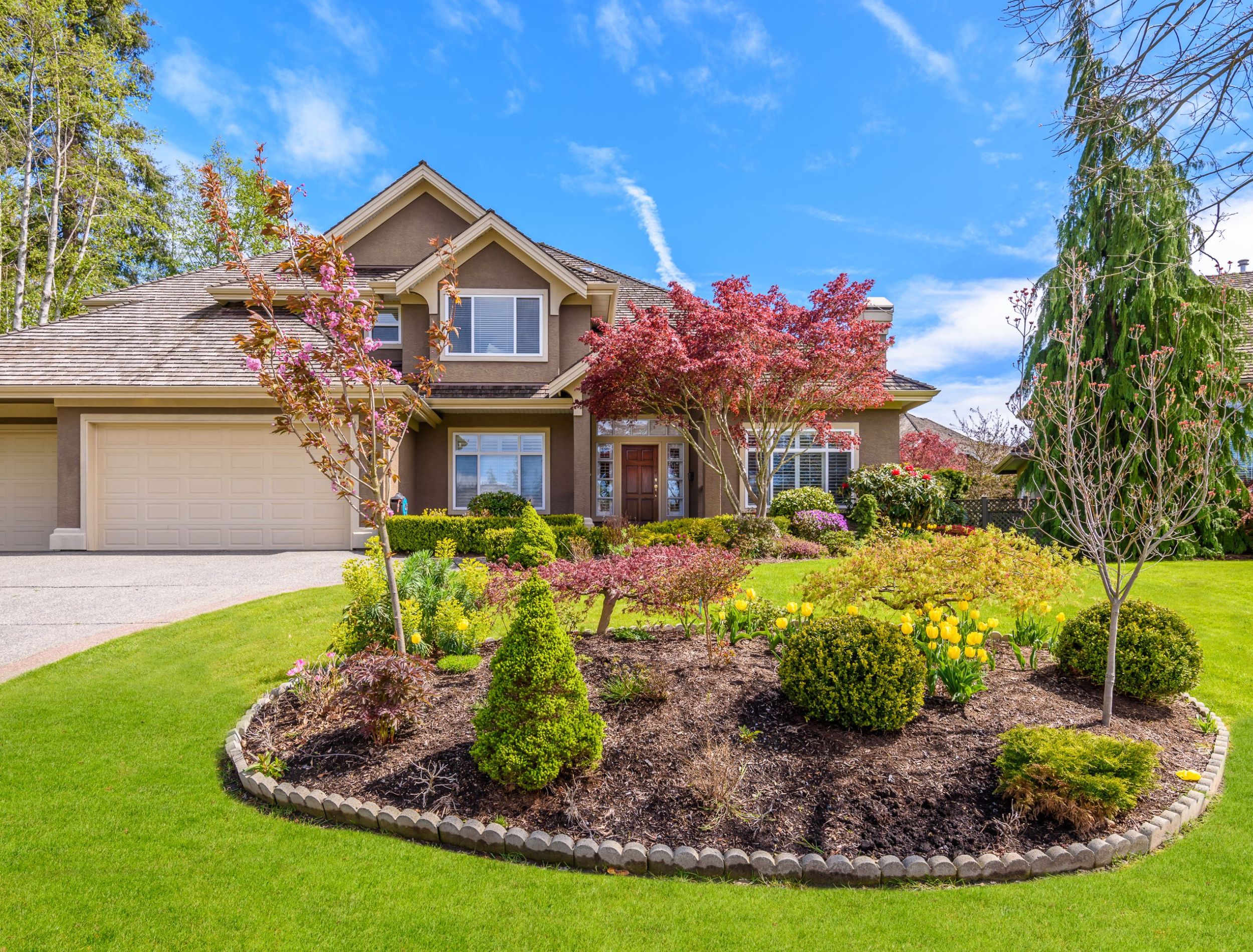The Complete Guide to Gardening Services and Landscaping Solutions
Gardening services and landscaping solutions are essential parts of outdoor property maintenance and design, playing a vital role in enhancing aesthetic appeal, supporting biodiversity, and improving overall well-being. This guide provides a comprehensive overview of what gardening and landscaping entail, why they are increasingly significant, the latest trends, legal frameworks, and practical resources to get started or improve your current setup.
Understanding Gardening Services and Landscaping Solutions

Gardening services focus on the cultivation and maintenance of plants, lawns, and trees. These services may include mowing, pruning, planting, fertilizing, pest control, and seasonal cleanups.
Landscaping, on the other hand, involves the design, planning, and transformation of outdoor spaces. It combines both hardscape elements (like pathways, patios, and walls) and softscape features (such as flowers, shrubs, and lawns) to create functional and visually appealing environments.
These two areas often overlap, with landscaping setting the foundation and structure, while gardening maintains the life and health of the space.
Why Gardening and Landscaping Matter Today
Modern lifestyles, environmental awareness, and urban development have made professional gardening and landscaping more relevant than ever. Here's why:
-
Environmental Benefits: Proper landscaping can reduce soil erosion, improve air quality, and support pollinators and local biodiversity.
-
Mental Health: Studies show that green spaces can reduce stress, promote relaxation, and improve overall mental well-being.
-
Property Value: Well-maintained gardens and professionally landscaped yards can increase a property's curb appeal and resale value.
-
Urban Planning: In crowded cities, green spaces help regulate temperature, reduce noise pollution, and manage stormwater runoff.
-
Time and Skill Constraints: Many homeowners and property managers lack the time or expertise to manage gardens effectively, making professional services essential.
These services are useful for a wide audience including homeowners, business owners, municipal authorities, educational institutions, and hospitality providers.
Recent Trends and Updates in Gardening and Landscaping (2024–2025)
In the past year, gardening and landscaping have seen several key developments:
| Trend | Description |
|---|---|
| Sustainable Landscaping | Focus on native plants, reduced water use, and low-maintenance ecosystems. |
| Smart Irrigation Systems | App-controlled and sensor-based irrigation has grown in popularity. |
| Pollinator-Friendly Gardens | More demand for bee and butterfly-friendly plants in residential landscaping. |
| Vertical Gardens and Green Roofs | Urban areas adopting space-saving greenery on walls and rooftops. |
| AI and Robotics in Lawn Maintenance | Robotic lawnmowers and AI-assisted garden planning tools gaining attention. |
Laws and Regulations Affecting Gardening and Landscaping
Regulations and policies vary by region, but some common themes exist across many countries:
-
Water Usage Restrictions: In drought-prone areas like California or parts of Australia, there are strict laws limiting irrigation schedules and requiring drought-resistant plants.
-
Pesticide Control Laws: The use of chemicals is regulated, especially near public spaces or food-producing gardens.
-
Noise Regulations: Equipment such as mowers and blowers may only be used during specific hours.
-
Local Zoning Laws: Restrictions may apply to the height of fences, types of trees planted, or the use of outdoor lighting.
-
Employment Standards: In countries like the UK and Canada, landscaping companies must adhere to labor and safety standards when employing workers.
Before beginning any major landscaping project, it’s advisable to consult with local municipalities or governing bodies for up-to-date regulations.
Helpful Tools and Resources for Gardening and Landscaping
Whether you’re a DIY enthusiast or a homeowner hiring professionals, the following tools and resources can make planning and maintenance easier:
| Tool / Resource | Use Case |
|---|---|
| iScape (App) | Visual landscaping design using augmented reality. |
| Garden Planner | Desktop tool for mapping out gardens with drag-and-drop features. |
| PlantSnap | Identifies plants and provides care information. |
| Weather Underground | Offers hyperlocal weather forecasts critical for garden care. |
| Soil Test Kits | Measure pH, nitrogen, and moisture levels for better planning. |
| Watering Timers | Helps schedule irrigation efficiently, conserving water. |
| Permaculture Design Guide | For sustainable and eco-conscious landscape planning. |
Frequently Asked Questions
Q1: How do I choose the right plants for my garden?
A: Start with your local climate and soil conditions. Native plants are usually a safe bet as they require less water, are more resistant to local pests, and thrive with minimal care. Use online plant selectors from trusted nurseries or consult a horticulturist.
Q2: What is the difference between hardscaping and softscaping?
A: Hardscaping refers to non-living elements like stone paths, fences, and patios. Softscaping involves living components like grass, flowers, shrubs, and trees. Both are essential in landscape design for aesthetics and functionality.
Q3: How often should professional gardening services be scheduled?
A: Frequency depends on the size and type of your garden. For typical residential spaces, biweekly or monthly visits are common. However, during spring and summer, weekly services may be ideal to manage growth and weeds effectively.
Q4: Are robotic lawnmowers effective?
A: Yes, for flat or gently sloped lawns, robotic mowers offer quiet and efficient maintenance. They work best in clearly defined, obstruction-free areas and require an upfront investment but reduce labor over time.
Q5: Can landscaping help reduce energy costs?
A: Absolutely. Strategic planting of shade trees can lower cooling costs in summer, while windbreaks can reduce heating costs in winter. This is known as energy-efficient landscaping.
Conclusion
Gardening services and landscaping solutions are more than just aesthetic enhancements. They contribute to sustainability, improve quality of life, and play a significant role in property management. As environmental concerns and urban challenges grow, the demand for smart, efficient, and eco-conscious landscaping solutions continues to rise. Whether you're planning a full landscape overhaul or simply trying to maintain a small garden, understanding the basics and utilizing available tools and regulations can go a long way in creating a thriving outdoor space.